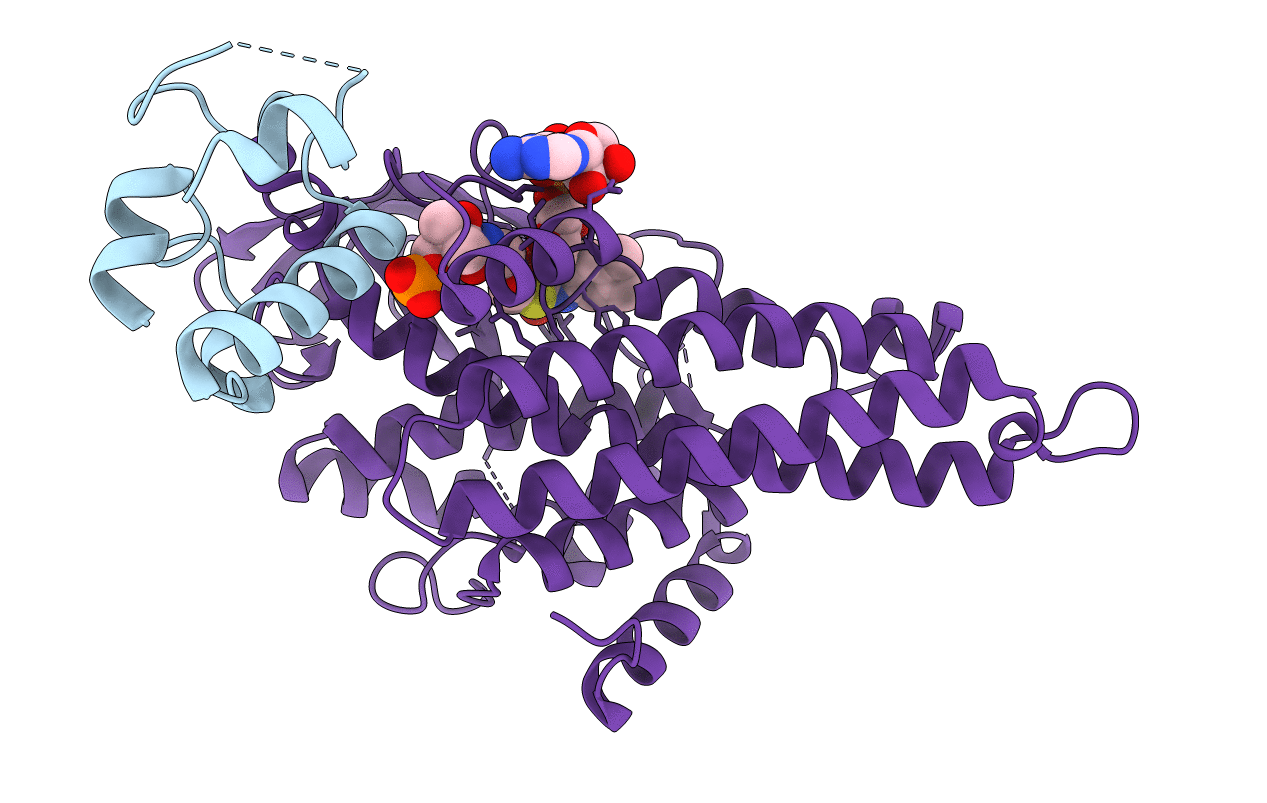
Deposition Date
2018-04-05
Release Date
2019-01-16
Last Version Date
2024-03-13
Entry Detail
Biological Source:
Source Organism:
Host Organism:
Method Details:
Experimental Method:
Resolution:
2.73 Å
R-Value Free:
0.24
R-Value Work:
0.19
R-Value Observed:
0.19
Space Group:
P 64 2 2


